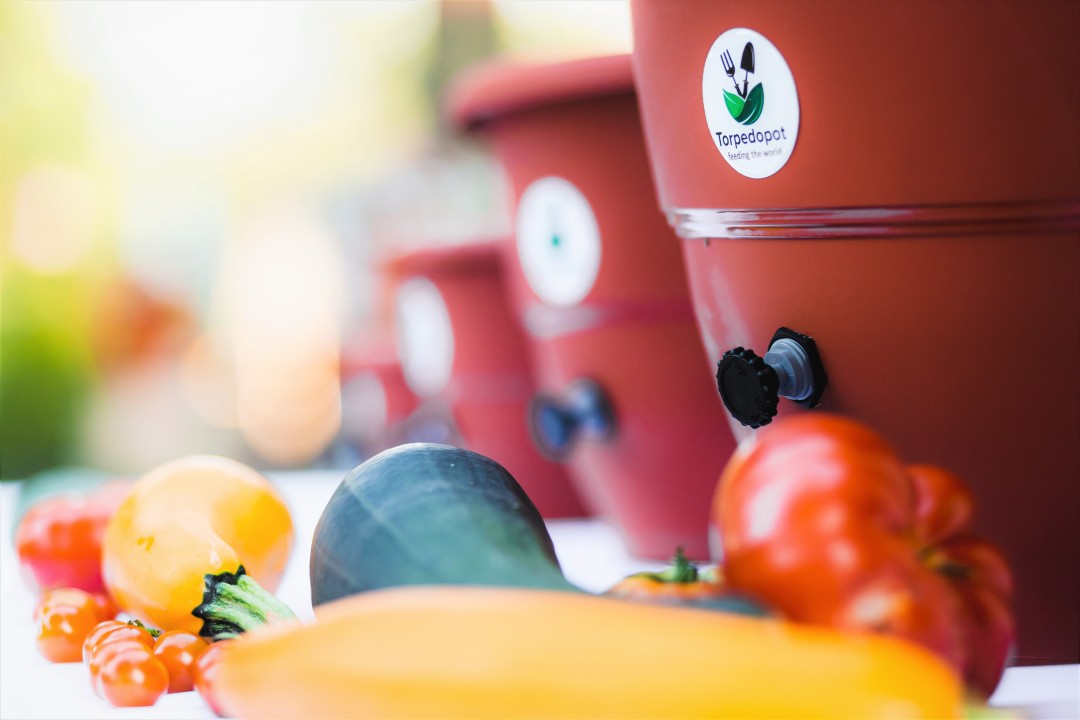Are you thinking of creating your own vegetable garden? Growing your own vegetables will provide you with inexpensive, fresh, organic vegetables and offer health benefits that come with being closer to nature. If you are a first-time vegetable gardener, follow these steps to start your garden now!
1. Plan and Prep
When you are new to gardening, it’s better to start small to make sure it’s fun and fulfilling. Plan your seeds, buy organic manures, get the required tools, and get enough pots or materials to separate the gardening area. Make sure you have everything you need before you start with gardening. If you don’t know where to start, here’s a checklist of must-have gardening tools!
- Gardening Gloves
- Secateurs
- Hand Trowel
- Wheelbarrow
- Shovel
- Rake
- Hand Saw
- Garden Pitchfork
2. Pick a Spot
Do you have a place in your yard that receives 6 hours or more direct sunlight? If yes, you’ve found the spot for your vegetable garden. Make sure this spot has access to a water source. If the water source is far, it is likely that the plants will get ignored. You can also use a self-watering system for sufficient irrigation.
The spot you pick should be sheltered from high winds to ensure the plants grow well. Use a trench or high bed to separate the gardening area from the rest of the space. You can also fence it with wooden planks, rocks, or any available material.
3. Plan Your Bed
You can plan where each seed will go in the garden bed. Make a visual representation of the space each plant takes in the garden bed. Knowing how much each plant will grow can help in the successful design of the space.
Keep companion planting in mind when you are planning the garden bed. Even though seeds and transplants are tiny, fully developed plants can grow huge. Plants struggle to flourish when they are overcrowded. Small, well-kept gardens thrive better than vast, unkempt ones.
4. Plant in Rich Soil
Your vegetable garden needs the richest soil for the best harvest. Rich, healthy soil is easy to dig and drains well. To determine the quality of your soil, check if it is gritty, powdery, or sticky.
A combination of sand, silt, clay in specific proportions will determine the quality of the soil for gardening as it affects the nutrients and drainage. Add enough compost and mix it well with the soil.
5. Sow the Seed
With everything else in place, it’s time to sow the seeds. The bulbs and the big seeds go directly in the bed, while the small ones need to be planted in a seedling tray or pot first. The sproutings can be replanted to the bed when they have grown slightly and have at least 4-5 leaves. With constant care, you will be harvesting and eating your own veggies in no time!
Gardening requires a lot of time and patience. If you find it difficult to water the plants and keep a check on them when needed, you can install a self-watering system by Torpedopot.
This doesn’t mean you can ignore the plants completely as they require regular attention; it will just take one more thing off the to-do list for you.
Powered by Torpedopot












































